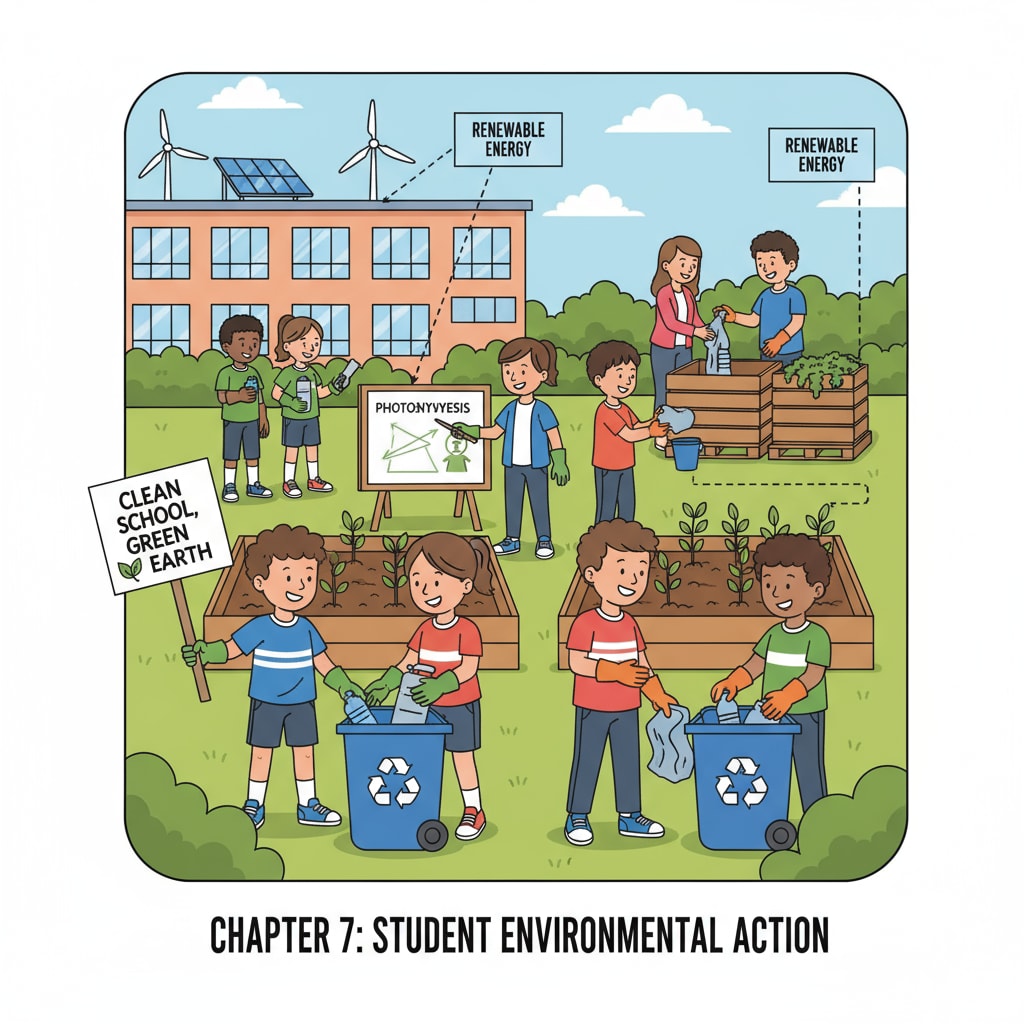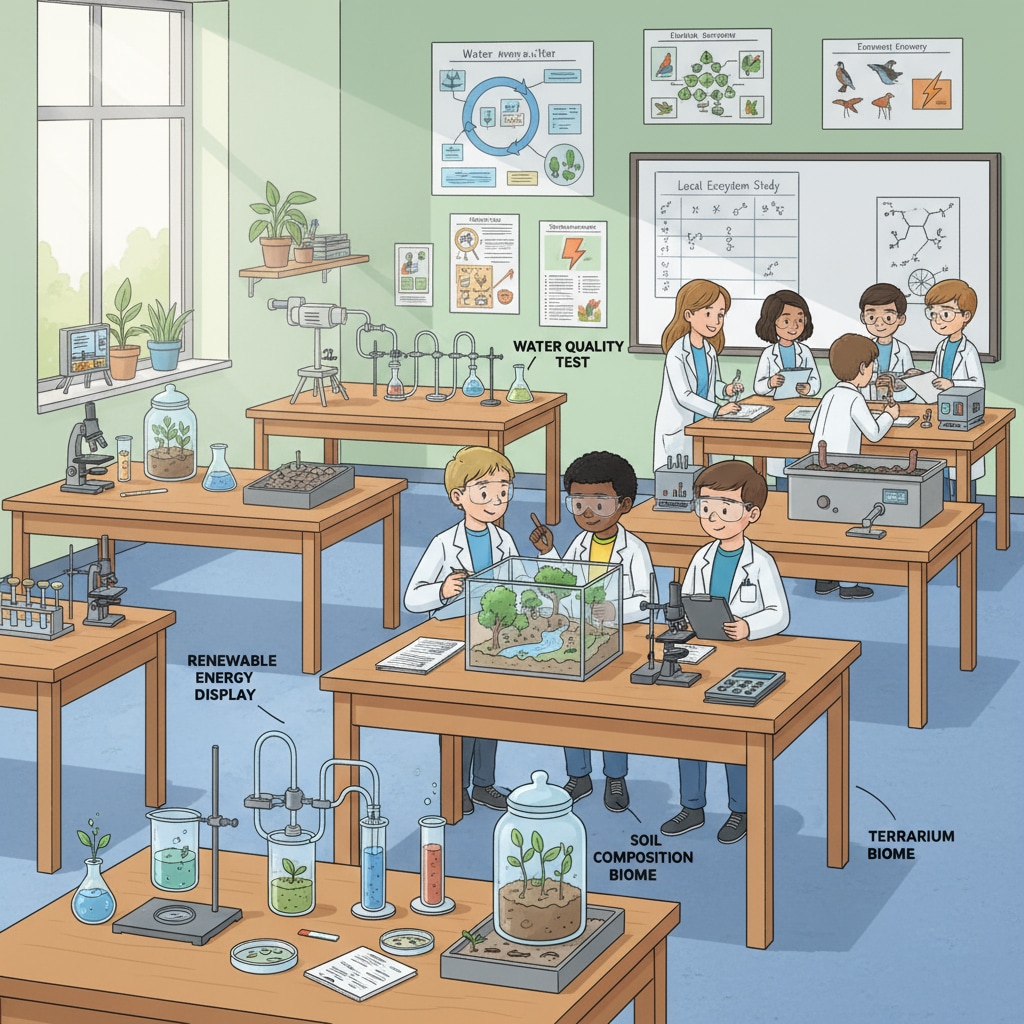Environmental protection education in K-12 schools plays a crucial role in driving social change and addressing environmental issues. As the foundation of a child’s learning journey, K-12 education can instill in students the values and behaviors necessary for a sustainable future. In recent years, there has been a growing recognition of the importance of integrating environmental education into the K-12 curriculum.

The Current State of Environmental Protection Education in K-12 Schools
Currently, many K-12 schools around the world are making efforts to incorporate environmental protection education into their programs. Some schools offer dedicated environmental science courses, while others integrate environmental topics into existing subjects such as science, geography, and social studies. For example, in science classes, students may learn about the ecosystem and the impact of human activities on the environment. According to Education Week, more schools are recognizing the value of environmental education in preparing students for the challenges of the 21st century.

Challenges Faced in K-12 Environmental Protection Education
However, there are still several challenges in implementing effective environmental protection education in K-12 schools. One major issue is the lack of teacher training. Many teachers may not have the necessary knowledge and skills to teach environmental topics comprehensively. In addition, limited resources, such as textbooks and teaching materials specifically designed for environmental education, can also hinder the progress of this education. Another challenge is the pressure of standardized testing, which may cause schools to prioritize academic subjects over environmental education. As a result, environmental protection education may not receive the attention it deserves.
Despite these challenges, the potential impact of K-12 environmental protection education on social change is significant. When students are educated about environmental issues from a young age, they are more likely to grow into environmentally conscious citizens. These individuals can then influence social norms and policies, driving the transition towards a more sustainable society. For instance, they may advocate for more environmentally friendly practices in their communities or support political candidates who prioritize environmental protection. In conclusion, environmental protection education in K-12 schools is a powerful tool for shaping social change and addressing environmental issues. By overcoming the existing challenges and further strengthening this education, we can cultivate a generation of individuals who are committed to creating a greener future. National Science Teachers Association also emphasizes the long-term benefits of environmental education in K-12 settings.
Readability guidance: The article uses short paragraphs to clearly present ideas. Key points are summarized in a logical manner. The proportion of passive voice and long sentences is controlled, and transition words are used throughout to enhance the flow of the text.


